Social Media
Client Social Media
Reviews
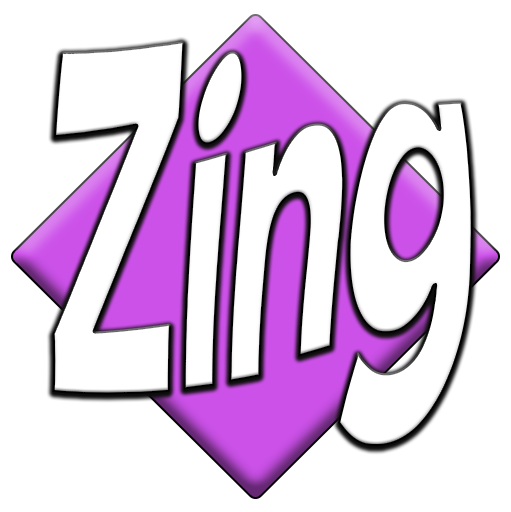
The Road and other Blogging Adventures
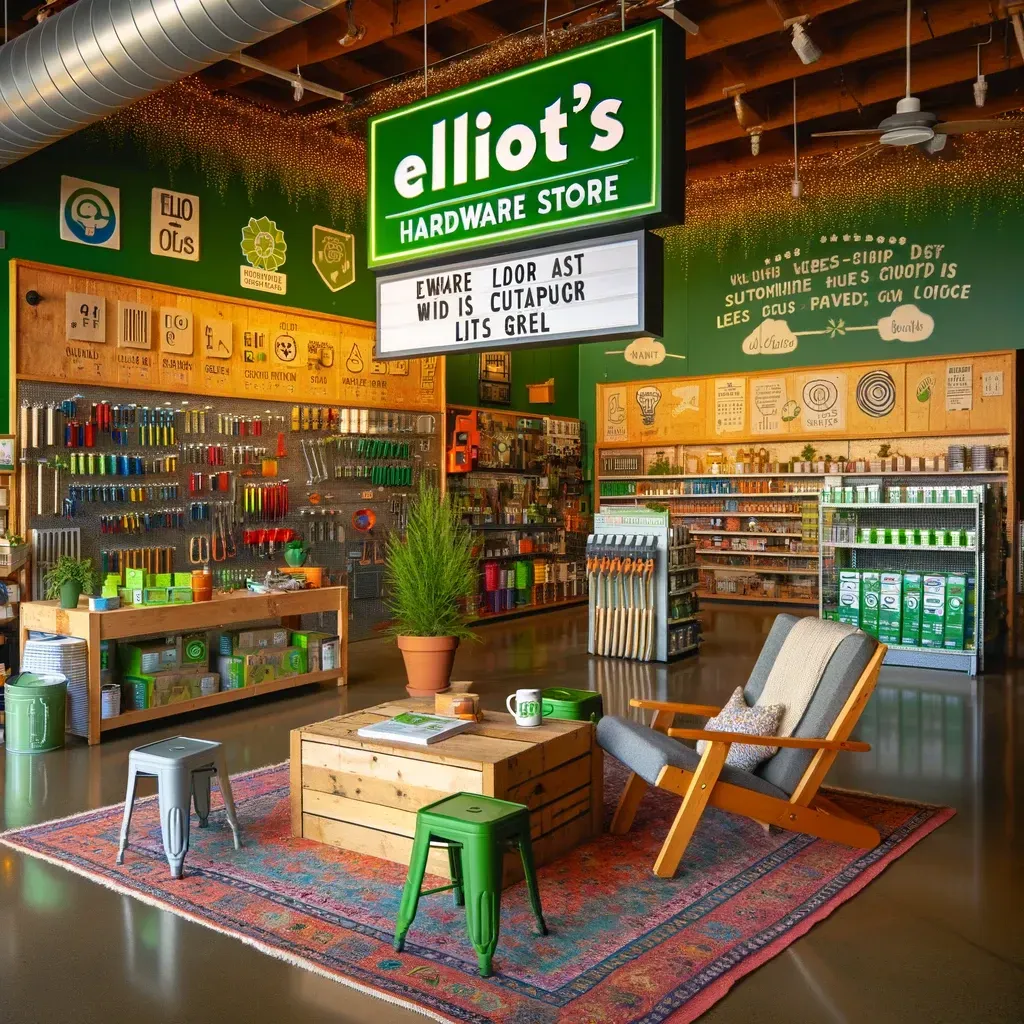
Roots of Resilience: Elliot’s Blueprint for Business Longevity
Roots of Resilience: Elliot’s Blueprint for Business Longevity
Introduction:
In a landscape where businesses bloom and wither with the seasons, Elliot’s hardware store stands as a testament to the timeless virtues of sustainability and adaptability. It's not merely a store; it's a beacon of legacy, community, and innovation. Elliot's approach, focusing on long-term sustainability goals, diversifying revenue streams, building solid relationships, and staying agile in the face of change, serves as a guide for any business aiming to not just survive but flourish through the ages. This narrative delves into the strategies that ensure a business remains relevant, resilient, and rooted in its values, irrespective of market dynamics.
Highlight Key Points:

Sustainability as Strategy
Explore how Elliot's unwavering focus on long-term sustainability rather than short-term gains guides every decision, from the products on the shelves to the investment in renewable energy sources, crafting a business that thrives on integrity and foresight.
Diversification for Stability
Discover the wisdom behind Elliot’s diversification efforts. By expanding offerings to include rental tools, garden supplies, and a community workshop space, Elliot transforms his store into a resilient ecosystem capable of weathering economic fluctuations.
Cultivating Relationships
Unravel how Elliot views his employees not just as workers but as the most vital component of his business's sustainability. Through investing in their growth, well-being, and instilling a sense of ownership, he fosters an environment of loyalty and shared success.
Adaptability in Action
Witness Elliot's proactive stance on technological advancements and market trends, ensuring his business model remains fluid, innovative, and always a step ahead, safeguarding the store’s legacy against obsolescence.
In-Depth Analysis:
Embracing Change for Growth
Delve into the strategies for cultivating a growth mindset that embraces change as an opportunity for expansion and renewal.
Stabilization Techniques
Learn the importance of stabilizing operations to minimize external dependencies and create a self-sustaining business model.
Leveraging Assets for Growth
Discuss how to effectively utilize business assets, from physical space to community goodwill, as tools for sustained growth and stability.
Agility as a Core Competency
Examine how fostering organizational agility can position a business to respond effectively to unforeseen market changes and challenges.
Real-World Examples:
Beyond Elliot's hardware store, we'll showcase diverse businesses that have successfully implemented these principles, from tech startups embracing sustainability to traditional firms revitalizing their models for the digital age.
Practical Applications:
Steps to Sustainability
A guide on integrating sustainable practices into business operations to enhance environmental and social responsibility while securing long-term success.
Building a Foundation for Stability
Strategies for creating a stable and robust business foundation that withstands the test of time and market volatility.
Demonstrating Deep Commitment
Tips for showing genuine commitment to sustainability, community, and innovation, enhancing brand reputation and customer loyalty.
Ensuring Relevance through Adaptability
Tactics for maintaining relevance by staying attuned to and ahead of changing market demands, preferences, and technological advancements.
Conclusion:
Elliot's journey from a simple hardware store to a symbol of enduring business success encapsulates the essence of resilience, sustainability, and adaptability. His story provides a blueprint for businesses aiming to leave a legacy that transcends mere profit margins, embedding themselves into the fabric of their communities and the hearts of their customers. It's a reminder that the roots of a business's longevity are nourished by its commitment to growth, stability, and relevance, grounded in a vision that looks beyond the horizon.
Call to Action:
Is your business prepared to weather the storms and bask in the sunshine of an ever-changing market landscape? Reflect on how the pillars of sustainability, diversification, relationship building, and adaptability can be integrated into your business model. Share your thoughts, strategies, or questions below, and let’s engage in a conversation about laying the foundations for a business that not only endures but thrives across generations.
FAQs
Q: How can businesses maintain a focus on long-term sustainability goals?
A: Establish clear, measurable sustainability objectives aligned with your business strategy. Regularly review and adjust these goals to ensure they remain relevant and ambitious. Engage all levels of your organization in sustainability efforts to foster a culture of long-term thinking and responsibility.
Q: What strategies can help in diversifying business operations and revenue sources?
A: Identify complementary products or services that align with your core offerings and market demand. Explore new markets or customer segments. Consider strategic partnerships or acquisitions that can broaden your business scope and reduce dependency on single revenue streams.
Q: How can a business develop strong relationships with stakeholders and partners?
A: Prioritize transparent communication and regular engagement with all stakeholders, including employees, customers, suppliers, and the community. Show appreciation for their contributions and feedback. Collaborate on initiatives that benefit both your business and stakeholders.
Q: What are effective ways to embrace change and adapt to evolving market dynamics?
A: Stay informed about industry trends and consumer behaviors. Foster a culture of innovation and flexibility within your organization. Encourage experimentation and learning from failures. Implement agile processes that allow for quick adaptation to change.
Case Study: "Elliot's Hardware Store: Planting Seeds for a Future Harvest"
Background
Elliot's hardware store, a cornerstone of the community, faced the challenge of ensuring long-term sustainability in a rapidly changing retail landscape.
Actions Taken
Elliot focused on diversifying his product offerings, incorporating rental services, garden supplies, and a community workshop space. He invested in his employees, fostering a culture of loyalty and dedication, and embraced digital tools to enhance operational efficiency and customer outreach.
Outcome
Through strategic diversification, community engagement, and a commitment to innovation and sustainability, Elliot's store not only survived but thrived, setting a foundation for future generations to continue the family business. This success story highlights the power of a long-term vision and the importance of adapting to market changes while staying true to core values.
Emerging Trends in Business Sustainability and Longevity
Circular Economy
Adopting business models that minimize waste and maximize resource efficiency, aligning with growing consumer demand for sustainable products and practices.
Digital Transformation
Leveraging technology to streamline operations, enhance customer experiences, and create new value in a digital-first world.
Employee Well-being and Culture
Prioritizing employee health, well-being, and development as key factors in building a resilient and adaptable organization.
Stakeholder Capitalism
Shifting focus from shareholder primacy to balancing the needs of all stakeholders, including employees, customers, and the community, as a path to sustainable growth.
Resources
B Corporation (www.bcorporation.net): A global network of businesses that meet high standards of social and environmental performance, accountability, and transparency.
Sustainable Brands (www.sustainablebrands.com): A learning, collaboration, and commerce community of forward-thinking business and brand strategy, marketing, innovation, and sustainability professionals.
Harvard Business Review – Sustainability (hbr.org/topic/sustainability): Offers insights and best practices on integrating sustainability into business strategy.
Gartner (www.gartner.com): Provides industry-leading research and insights for businesses to navigate the challenges and opportunities of digital transformation and sustainability.
Zing Business Systems (website: zingacp.com/home) revolutionizes how businesses talk to customers by turning missed calls into texts, which helps close the communication gap. This technology saves potential sales and improves customer interaction across multiple channels. It streamlines customer management and tracks important data for marketing and sales. Enhance your customer service and boost your online marketing with Zing and don't lose customers from missed calls.
Start your own blog checklist:
Here is a quick checklist to get you started with you website blow. Remember imperfect action beats inaction, get started and keep publishing.
Create your blog page then add the blog element
Add the blog element to your page and select if you want compact or list view
Start planning your blog topics by Identifying what resonates with your audience. If you are stuck you can use sites like - https://answerthepublic.com/
Create an outline serves your company goals.
Write conversationally, like if you were telling a story to a friend
Pick a catchy title.
Use several media types (gif, short video, or image) to deliver your messages.
Use data to back up claims or ideas - make sure to cite all sources❗
Have a call to action and or give your audience something to walk away with.
Take 30 minutes to edit your post.
Copyright© 2024 The Missed-Call Text-Back . All Rights Reserved.


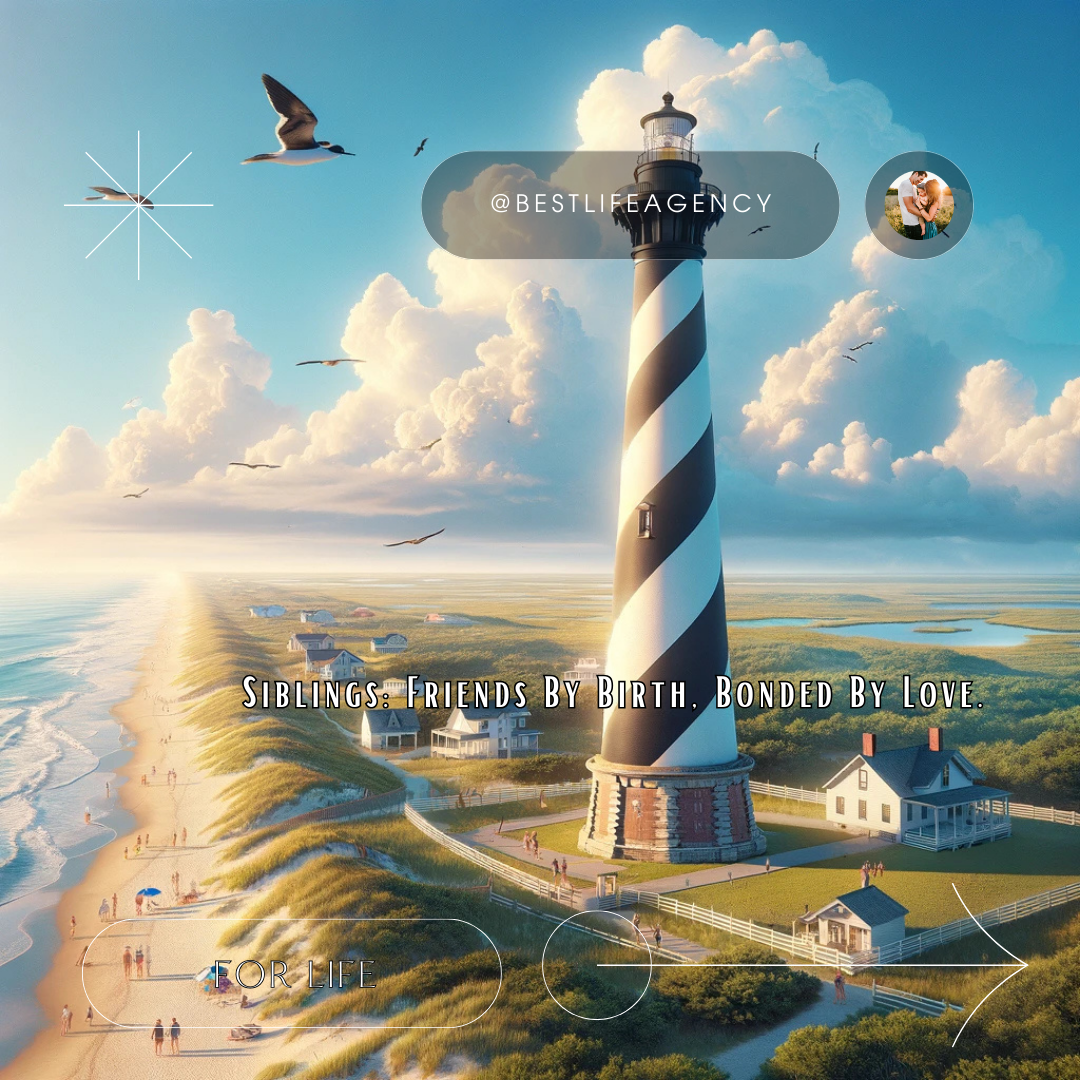


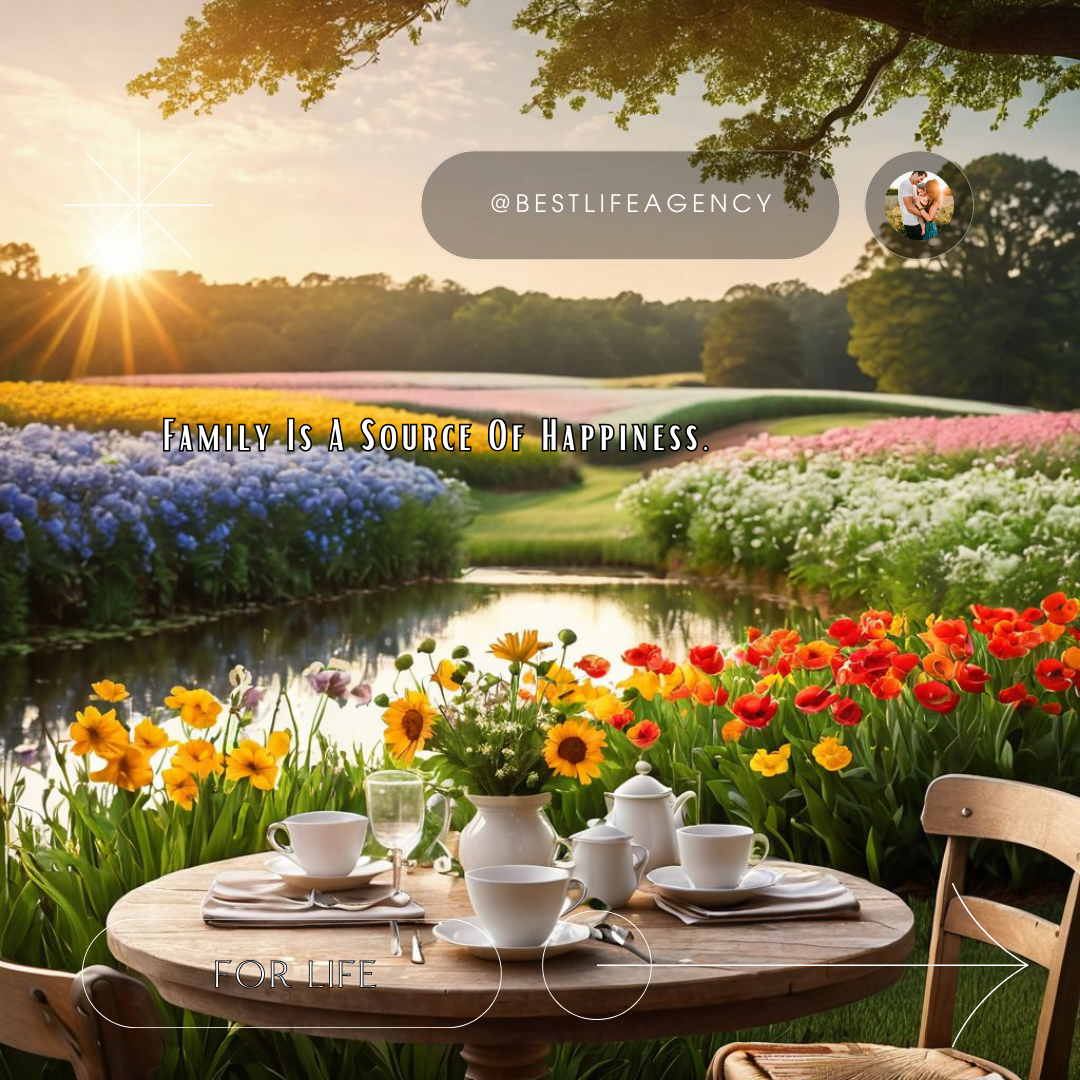

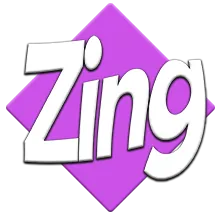
Facebook
Instagram
X
Youtube
TikTok